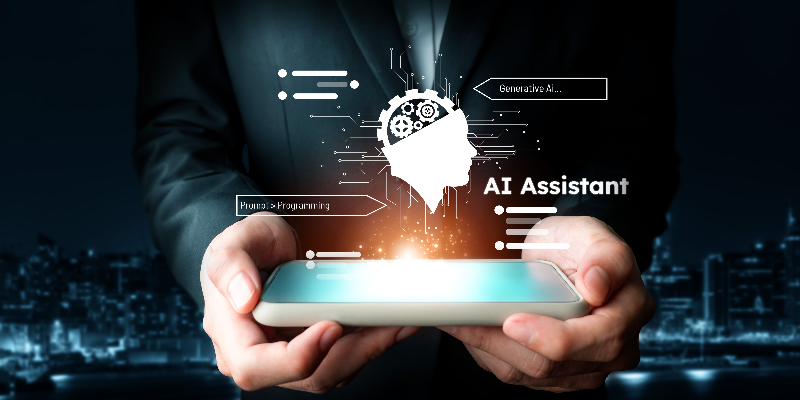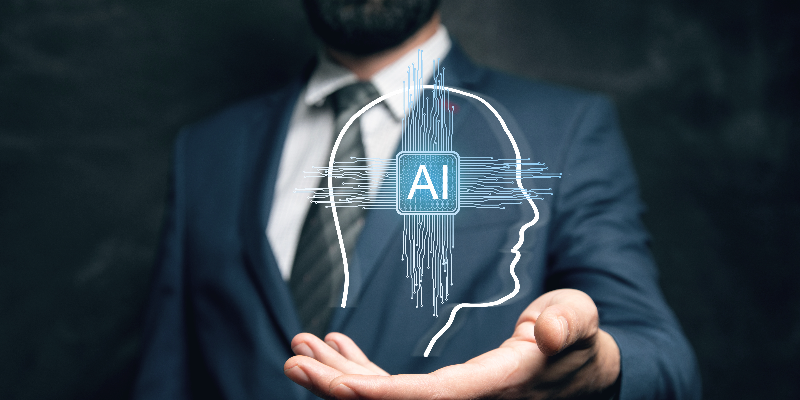

Digital advertising personalisation is no longer a luxury, but its expectation. Artificial intelligence is the connection between consumers and brands as they desire relevance, and brands want results. In 2025, the role of AI in personalized ads has evolved from basic targeting to real-time, data-driven storytelling that adapts to each viewer in milliseconds.
From custom product recommendations to emotion-aware video ads, AI in advertising is helping brands create meaningful interactions rather than generic impressions. Machine learning, predictive analytics and natural language processing are the fuels behind this transformation-the ad experience is becoming less marketing-driven and more akin to a conversation.
In this blog, we explore how AI is enabling ultra-personalised advertising, key technologies driving the change, use cases across platforms, and how working with a skilled marketing agency can help you stay ahead of the curve.
Several years back, personalisation could only be found on personalised messages like using a user name or displaying the products that someone saw last week. In 2025, Artificial Intellegence in personalised ads goes far deeper—it anticipates needs, behaviours, and even moods.
All this is enabled by the potential of AI to analyse huge amounts of data in real-time and recognise trends, learn, and become adaptively creative. And it is not only what kind of user a person is, but where they sit on the buyer journey, or what they are concerned about today, or how they are currently feeling.
The distinction is that it is more hyper-personalised, which runs solely on the ability of artificial intelligence.
AI algorithms analyse past actions of users (clicks, search results, and past purchases), then infer what a person will do next. This will assist brands to display offers at the most suitable time.
NLP enables AI to interpret the mood of the user, the context and language usage. This allows ad text that seems to be made especially for the customer.
Some tools of AI interpret visual content consumed by the users and identify the emotional responses. The ads can then be toned or imagined, or even musical.
These technologies represent the next level of AI in advertising—deep learning, constantly improving, and increasingly intuitive.
AI has started finding its use in real-time bidding systems that enable the serving of personalised display advertising to match interests, behaviour and location. Banners are dynamic in their content display according to the person viewing them.
Facebook, Instagram, and TikTok are leveraging AI in ads by analysing engagement history and delivering content that aligns with user values and emotions.
Artificial intelligence tools will write personalised subject lines, product offers and send times depending on past open rates and buyer behaviour. Personalisation is not limited to the first name anymore.
OTTs are now placing spot advertisements that rotate products, characters or messages depending on the viewer through the power of AI. This is AI in ads at its most immersive.
Here’s how companies are using AI in ads to achieve real results:
Utilises predictive AI to suggest items not only based on history, but also on seasonal habits, household routines and popular searches.
For an active audio advertising experience, they target the ads based on listening preferences, location and time!
Send user-specific advertisements in real-time according to the weather conditions and the fitness ambitions of the users.
These examples show the depth and impact of AI in ads and how it drives better engagement, higher conversion rates, and lower ad spend waste.

So, what are the reasons why brands are making a splash toward ad personalisation through AI technology?:
Seeing the advertisements that really appeals to what the people need, they are much more likely to listen to it, engage them and act on the advertisement.
The use of AI to show only relevant ads contextually assists in curbing irrelevant impressions, which enhances the revenue on ad spend (ROAS).
When user preferences change, AI can quickly make changes to the ad creative, targeting, and messaging--and can do so without laboriously making manual changes.
Businesses save more impressions and spend less on acquisition since they only serve high-potential leads.
These benefits underscore the need for brands to adopt AI in personalized ads as a core strategy rather than an add-on.
Although this technology is effective, not all brands possess the tools and the techniques to use it. That’s where a professional advertising agency comes in.
The knowledge of AI can make the complicated capabilities of AI highly scalable and simple.

Despite its advantages, AI in advertising comes with its share of concerns:
Brands should not abuse the laws, such as GDPR and CCPA since they fuel the AI ecosystem. It is vital to be transparent and get consent.
The excessive personalisation will be intrusive. It is a matter of brands that have to find the right balance between being helpful and creepy.
The AI systems may be based on biases expressed during the training. Auditing and different sets of data are crucial.
We are just at the starting point. This is the direction that the future is taking:
Ads that change instantly depending on facial expression or the tone of voice
Chatbots which make product suggestions during a conversation
Ads developed around personal preferences and behaviour
AI that forecasts the next purchase of a user, as well as his or her long-term value
With mature technology, AI in customised advertisements will no longer be about targeting what the users might want, but when and how the users want them.
The use of AI in personalised advertisements is a paradigm shift in how brands engage with their audience in 2025. More than it is targeting, it is about learning, adapting, and engagement in real time.
From dynamic creatives to real-time emotion sensing, AI in advertising is shaping experiences that feel less like marketing and more like meaningful interaction. Businesses that wish to stay competitive and consumer-centric should implement such tools at this point.
And what about those who do not know where to get started? A trusted ad agency can help translate AI’s complexity into clear, measurable outcomes.